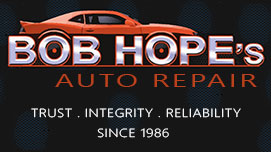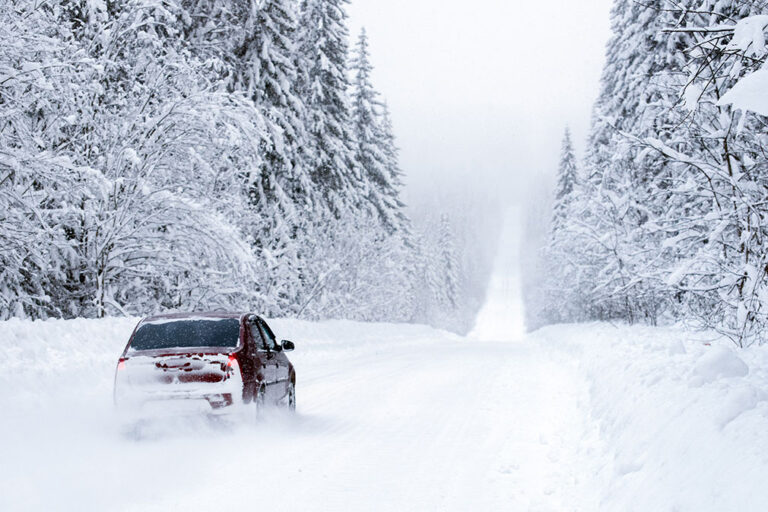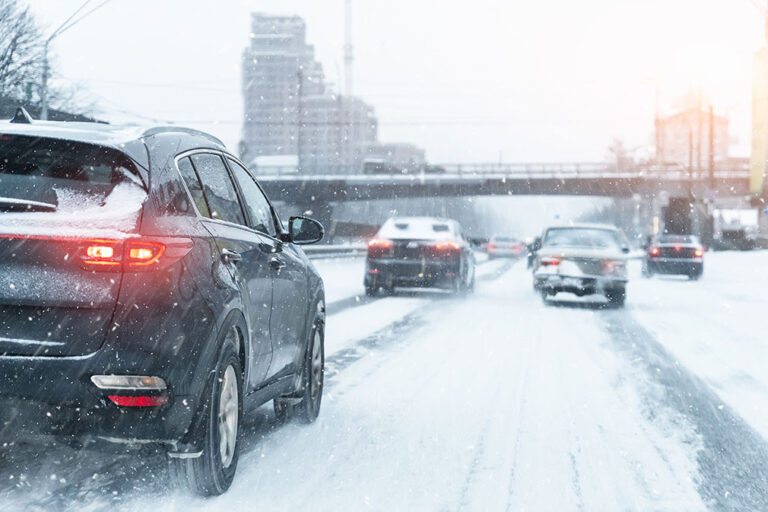Spring weather is here and that means you’ll be driving more. Of course, you’ll need to make sure your car or truck is ready for the scenic drives you’ll be taking to the mountains or the shore. These spring car maintenance tips are a good way to make sure your vehicle is ready.
- Remove winter tires or rotate all-season radials: For those who have winter tires, it’s time for you to have them removed and stored until the fall. If you’ve got all-season radials, you’ll want to have them rotated.
- Replace wiper blades: Winter weather can be quite harsh on wiper blades. Spring and Fall are ideal times to have wiper blades replaced.
- Check your brakes: With many of today’s vehicles, it’s fairly easy to check the amount that’s left on your brake pads. You’ll need to be able to see the pads and discs to inspect them. Of course, you can always bring your vehicle to us for a brake inspection.
- Have your steering and suspension inspected. Thanks to the freeze/thaw cycles of winter, potholes are a fact of life. Hitting them can really do a number on your vehicle’s steering and suspension. If your steering is pulling to one side, it could indicate that your vehicle is out of alignment or if your car is riding rough, it could point to suspension problems. If you suspect you may have a problem with your steering or suspension, ask us to examine your vehicle. We’ll be able to diagnose the problem and get you back on the road in no time.
- Clean your vehicle’s underbody: Build-up from salt that’s on the roads after winter storms can lead to corrosion and rusting. Be sure to rinse the underbody of your vehicle (including underneath the rear and front bumpers).
- Apply a protectant: The sun can be very damaging to vinyl and leather surfaces. It’s always a good idea to apply a protectant to vinyl and leather at the beginning of the warm weather seasons.
- Change the oil: Warmer weather puts greater demands on your engine. Make sure it’s up to the task by changing the engine oil and filter.
- Check the fluids: Just like the engine oil, it’s important to regularly check the level and condition of fluids in your vehicle. We’re happy to do this for you when you bring your vehicle in for an oil and filter change. You should also have these fluids (antifreeze, brake, transmission, steering) changed on a schedule that’s recommended in your owner’s manual.
- Check the AC. There is nothing worse than turning on your car’s A/C and feeling nothing but hot air. Ensure that your vehicle is ready for those first warm spring days by testing the air conditioning system. Turn on your A/C and run the fan on all speeds. Does the air feel as cold as you remember from last summer? Is the fan blowing strong on all speeds? If something seems amiss, make an appointment with your mechanic to have the cooling system examined.
In addition to these Spring car maintenance tips, the best way to enjoy driving this Spring is to bring your vehicle in to us. Our certified technicians will give you peace of mind about the safety and reliability of your car. Click here to schedule your Spring car maintenance appointment now.



